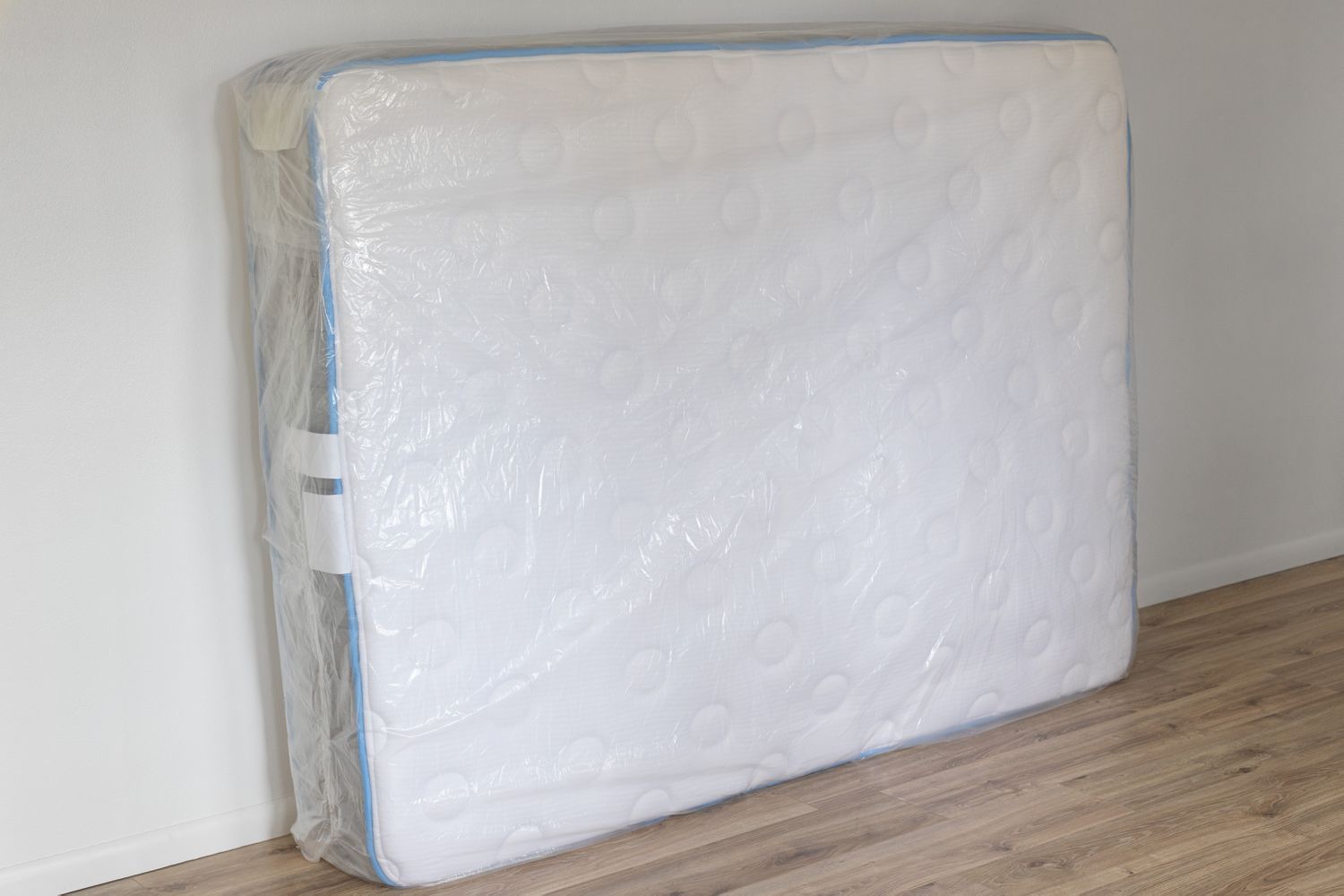

Articles
How To Store A Mattress Against A Wall
Modified: September 1, 2024
Discover the best way to store a mattress against a wall with our informative and helpful articles. Learn how to maximize space and preserve the quality of your mattress.
(Many of the links in this article redirect to a specific reviewed product. Your purchase of these products through affiliate links helps to generate commission for Storables.com, at no extra cost. Learn more)
Introduction
Storing a mattress against a wall can be a useful solution when you need to save space or temporarily relocate your bed. Whether you’re moving to a new place or simply rearranging your furniture, knowing how to store a mattress properly can help protect it from damage and maintain its longevity. In this guide, we will provide you with step-by-step instructions on how to store a mattress against a wall to ensure it remains in optimal condition.
When storing a mattress, it’s essential to choose the right location, prepare the mattress correctly, and ensure it is protected and secured. By following these steps, you can store your mattress safely and efficiently, saving valuable space in your home or storage area.
Before getting started, it’s important to note that the process of storing a mattress against a wall is more suitable for short-term storage or temporary situations. For long-term storage, it’s recommended to use a mattress storage bag and lay the mattress flat to prevent any damage to the structure and materials.
Key Takeaways:
- Properly storing a mattress against a wall involves choosing the right location, preparing the mattress, protecting it with a cover, positioning it securely, and regular maintenance. This ensures the mattress remains in optimal condition for future use.
- While storing a mattress against a wall can save space, it’s best for short-term storage. For long-term storage, use a mattress storage bag and lay the mattress flat to prevent structural damage. Following these steps will help maintain the quality and lifespan of your mattress.
Read more: How To Install Roof Flashing Against A Wall
Step 1: Choosing the right location
Before storing your mattress against a wall, you need to find a suitable wall and clear the area around it. Here’s what you need to do:
Finding a suitable wall: Look for a wall that is sturdy and stable. Avoid walls with excessive moisture or direct sunlight exposure, as these conditions can damage the mattress over time. Additionally, choose a wall that is away from potential hazards, such as water pipes or electrical outlets, to prevent any accidents.
Clearing the area: Make sure the area around the chosen wall is cleared of any obstacles. Remove furniture, decorations, or other items that may obstruct the path or pose a risk of falling onto the mattress. Creating a clear and spacious area will not only make it easier to position the mattress but also reduce the risk of damage during the storage process.
By selecting the right location and clearing the area, you can ensure a safe and convenient spot for storing your mattress against a wall.
Step 2: Preparing the mattress
Before storing your mattress against a wall, it’s crucial to prepare it properly to maintain its cleanliness and prevent any damage. Follow these steps to prepare your mattress:
Cleaning the mattress: Start by thoroughly cleaning the mattress to remove any dirt, dust, or stains. Vacuum both sides of the mattress to eliminate any loose particles. If there are any stubborn stains, spot clean them with a mild detergent and warm water. Allow the mattress to dry completely before proceeding to the next step.
Removing bedding and accessories: Take off all bedding, including sheets, pillowcases, and mattress protectors. Remove any pillows, blankets, or other accessories from the mattress. It’s essential to store the mattress separately from any bedding to prevent moisture build-up and maintain proper ventilation.
By cleaning the mattress and removing bedding and accessories, you ensure that your mattress is in a clean and optimal condition for storage.
Step 3: Protecting the mattress
To keep your mattress safe during storage, it’s important to protect it from dust, dirt, and potential damage. Here are two essential measures to protect your mattress:
Using a mattress cover: Invest in a high-quality mattress cover or bag to shield your mattress from dust, moisture, and pests. Ensure that the cover is specifically designed for mattress storage and provides a snug fit. Carefully place the mattress inside the cover, ensuring that it is fully enclosed and sealed.
Adding additional padding: For added protection, consider adding extra padding or cushioning to delicate areas of the mattress, such as the corners and edges. You can use foam pads or old blankets to provide an additional layer of cushioning. Pay special attention to the parts that might come into contact with the wall, as extra padding can help prevent any damage or wear.
By using a mattress cover and adding additional padding, you can significantly reduce the risk of your mattress getting damaged while stored against a wall.
When storing a mattress against a wall, make sure to use a mattress storage bag to protect it from dust and damage. Additionally, prop the mattress at an angle to prevent it from leaning or sagging.
Step 4: Proper positioning
To ensure stability and maximize space, it’s important to position your mattress correctly when storing it against a wall. Follow these steps to properly position your mattress:
Placing the mattress against the wall: Carefully lift the mattress and position it vertically against the chosen wall. Ensure that the bottom edge of the mattress is resting securely on the floor to provide stability. Make sure to have someone assist you if the mattress is heavy or cumbersome.
Aligning it securely: Adjust the position of the mattress to ensure it is aligned properly against the wall. Ensure that it is centered and evenly balanced. This will help distribute the weight evenly, reducing any strain on the mattress and preventing it from toppling over.
Properly positioning the mattress against the wall is crucial for stability and ensuring that it stays in place during storage. Take the time to align it securely to avoid any accidents or damage.
Step 5: Securing the mattress
Once you have positioned your mattress against the wall, it’s important to secure it properly to prevent it from shifting or falling. Consider the following steps to secure your mattress:
Using straps or bungee cords: Use sturdy straps or bungee cords to attach the top end of the mattress to the wall or nearby furniture. Make sure to wrap the straps around the mattress and secure them tightly, but not too tightly as it may cause unnecessary pressure on the mattress. This will help keep the mattress in place and prevent it from sliding or tipping over.
Avoiding damage to the mattress: Be mindful of how you secure the mattress to avoid causing any damage. Avoid over-tightening the straps, as this can lead to indentation or compression marks on the mattress. Additionally, use protective padding or cloth between the straps and the mattress to prevent any friction or rubbing that may damage the fabric or materials.
By securing the mattress properly and taking precautions to avoid damage, you can ensure that it remains in place and undamaged during the storage period.
Step 6: Regular maintenance
Even though your mattress is stored against a wall, it is important to regularly check and maintain it to ensure its condition. Follow these steps for proper maintenance:
Checking for any issues: Periodically inspect the mattress for any signs of damage, such as tears, stains, or pest infestations. Address any issues promptly to prevent them from worsening and causing further damage to your mattress.
Cleaning and airing out the mattress: While in storage, your mattress may accumulate dust or develop a musty smell. Regularly clean the mattress by vacuuming it and wiping it down with a damp cloth. If possible, expose the mattress to fresh air by taking it outside on a sunny day to help eliminate any odors and allow it to breathe.
By regularly maintaining and checking your mattress, you can ensure its longevity and keep it in the best possible condition for future use.
Conclusion
Storing a mattress against a wall can be a practical solution when you need to save space or temporarily relocate your bed. By following these steps, you can ensure that your mattress remains in optimal condition during storage:
- Choose a suitable location and clear the area around the wall.
- Prepare the mattress by cleaning it and removing bedding and accessories.
- Protect the mattress by using a mattress cover and adding additional padding.
- Properly position the mattress against the wall and align it securely.
- Secure the mattress using straps or bungee cords, being mindful of avoiding damage.
- Regularly maintain the mattress by checking for any issues and cleaning it as needed.
Remember, while storing a mattress against a wall can be suitable for short-term storage, it may not be ideal for long-term storage. If you need to store your mattress for a prolonged period, it is recommended to use a mattress storage bag and lay the mattress flat to avoid any structural damage.
By following these guidelines, you can store your mattress against a wall with confidence, knowing that it will be protected and preserved for future use. Proper storage is crucial for maintaining the quality and lifespan of your mattress, ensuring you can enjoy a comfortable sleep for years to come.
Now that you've mastered storing mattresses, why stop there? Maximize bedroom spaces by learning about bedroom organization. For those eager to create a welcoming atmosphere, our piece on furniture arrangement offers invaluable tips. Lastly, don't miss our innovative ideas on home storage solutions, perfect for enhancing every corner of your dwelling.
Frequently Asked Questions about How To Store A Mattress Against A Wall
Was this page helpful?
At Storables.com, we guarantee accurate and reliable information. Our content, validated by Expert Board Contributors, is crafted following stringent Editorial Policies. We're committed to providing you with well-researched, expert-backed insights for all your informational needs.

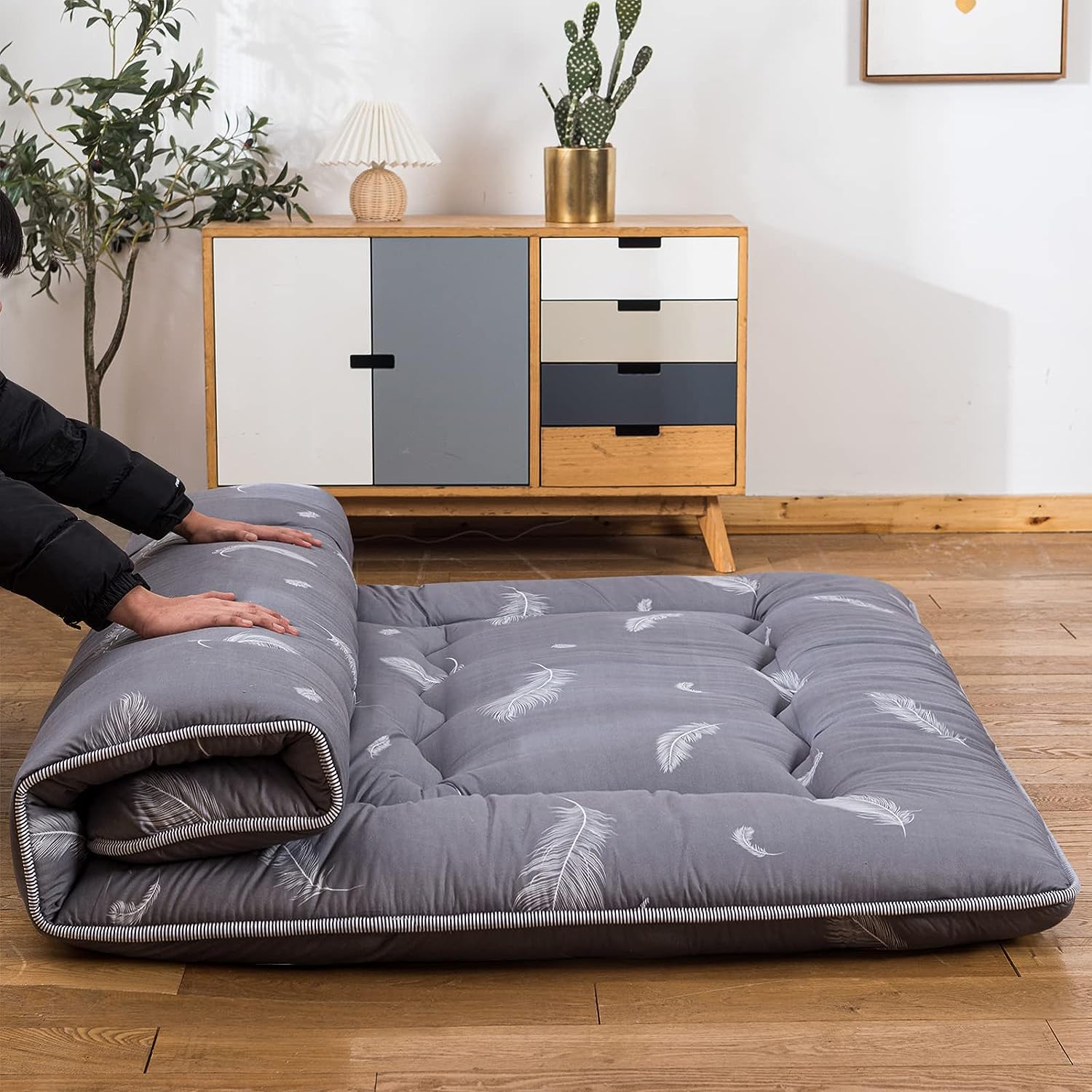
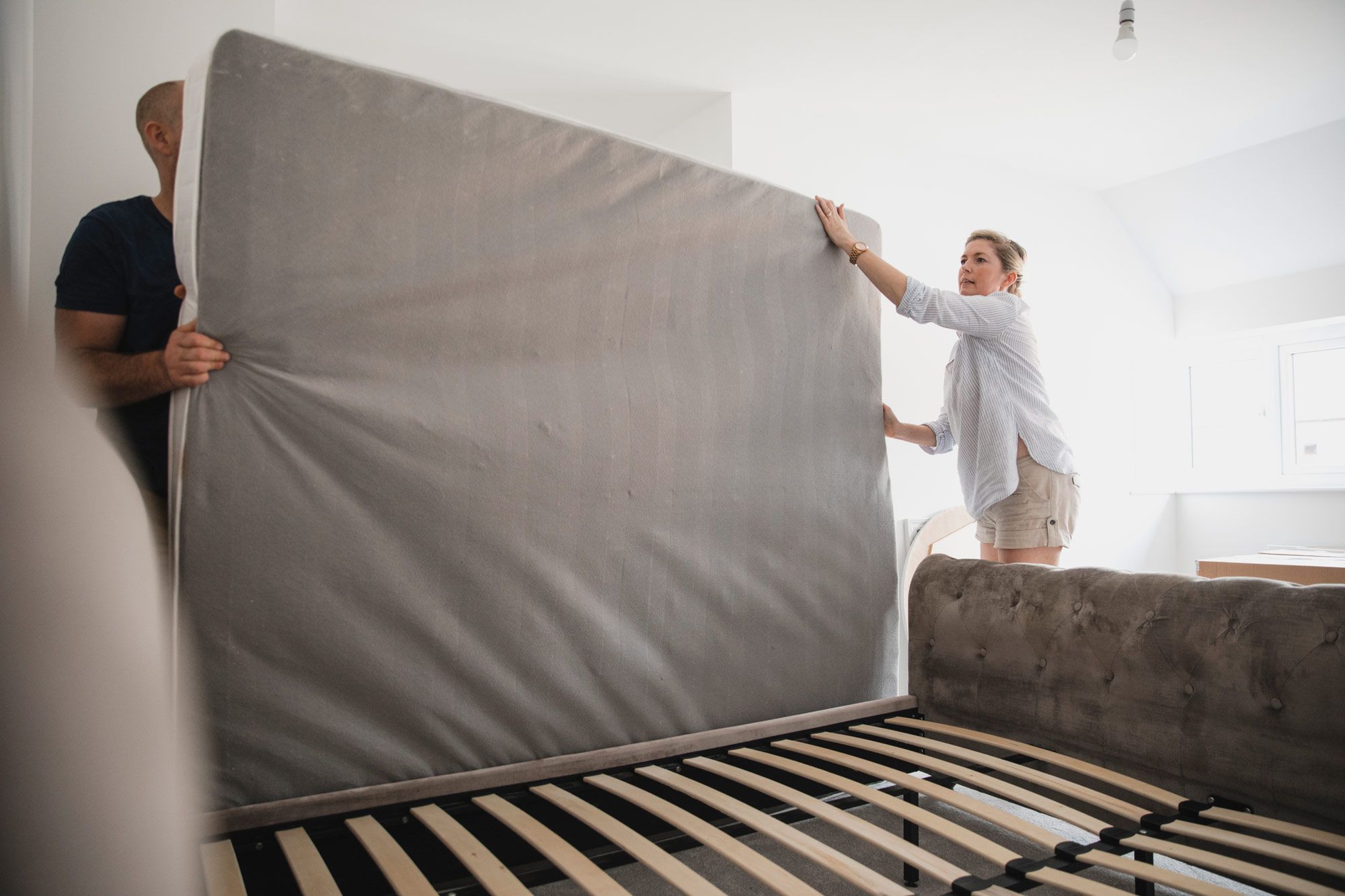
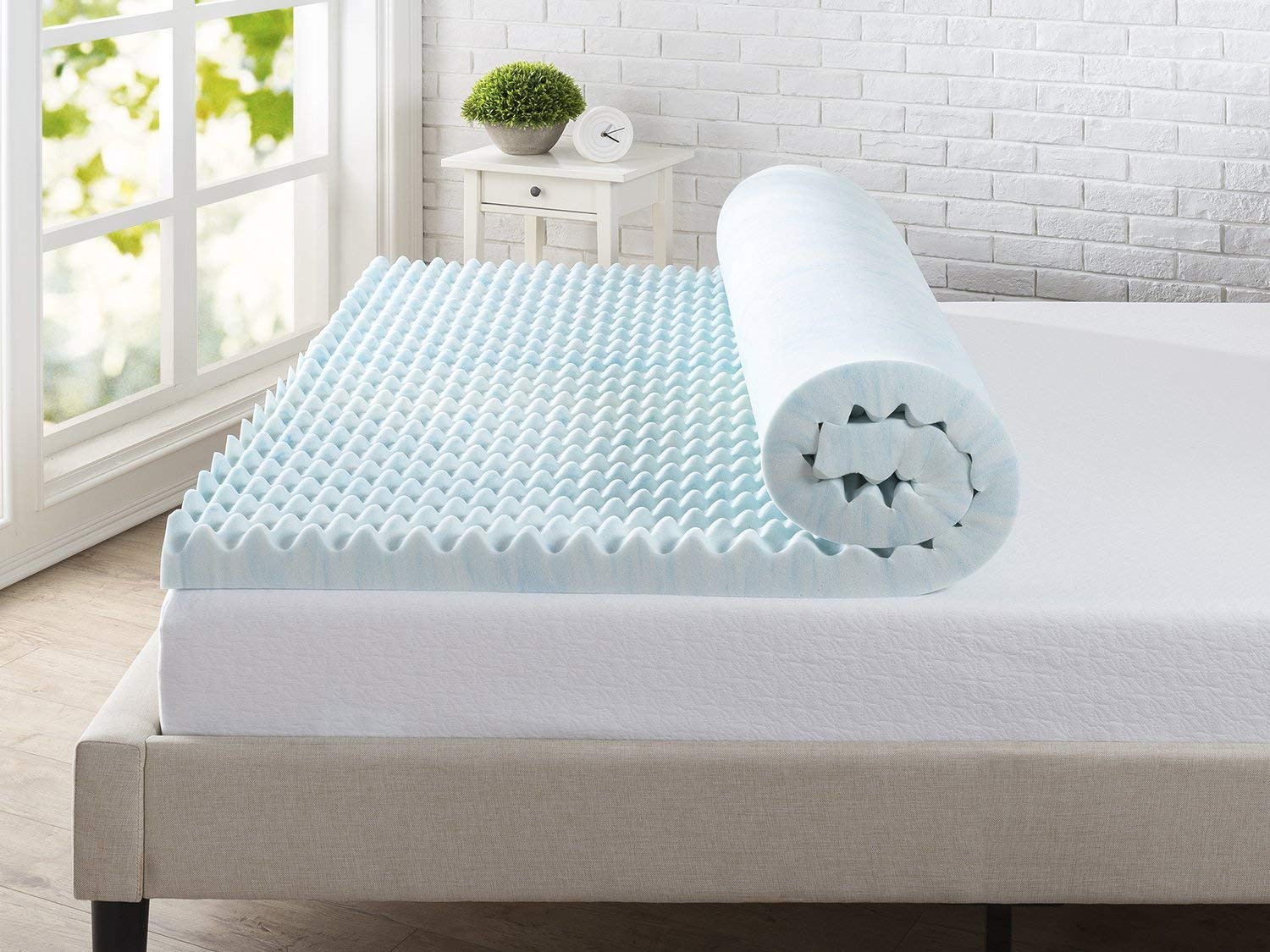
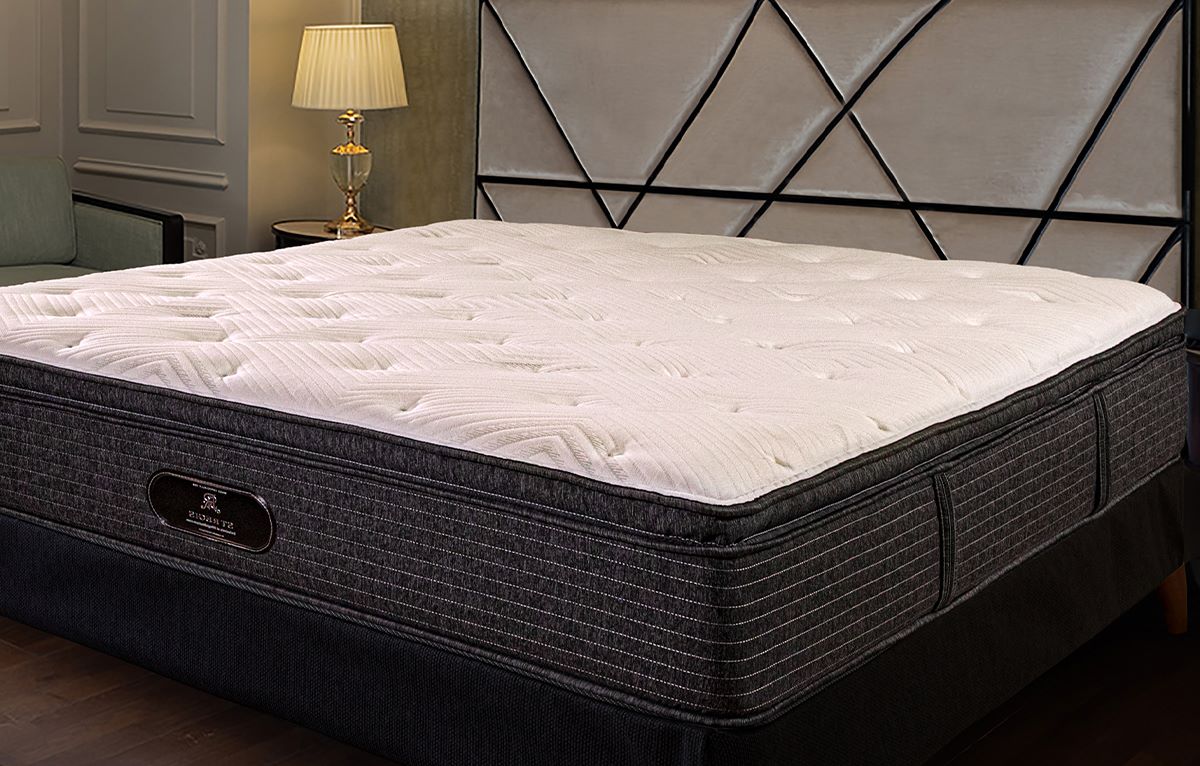
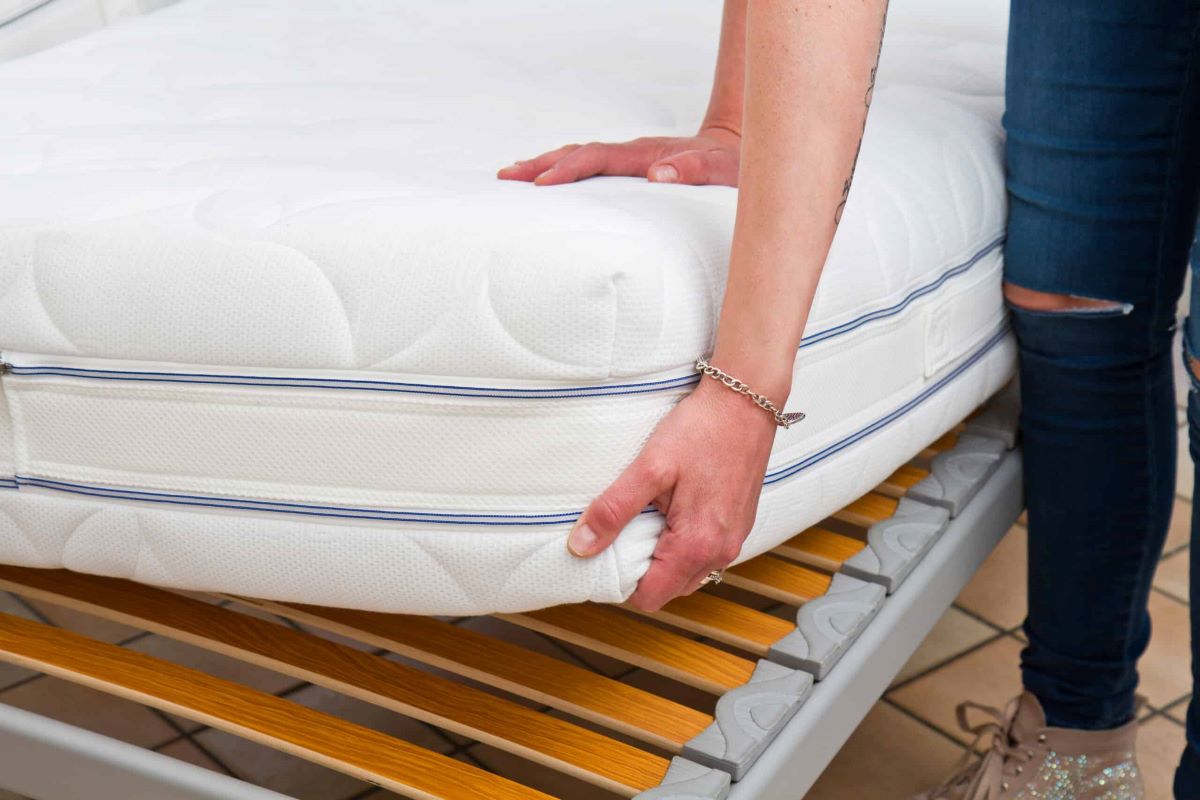
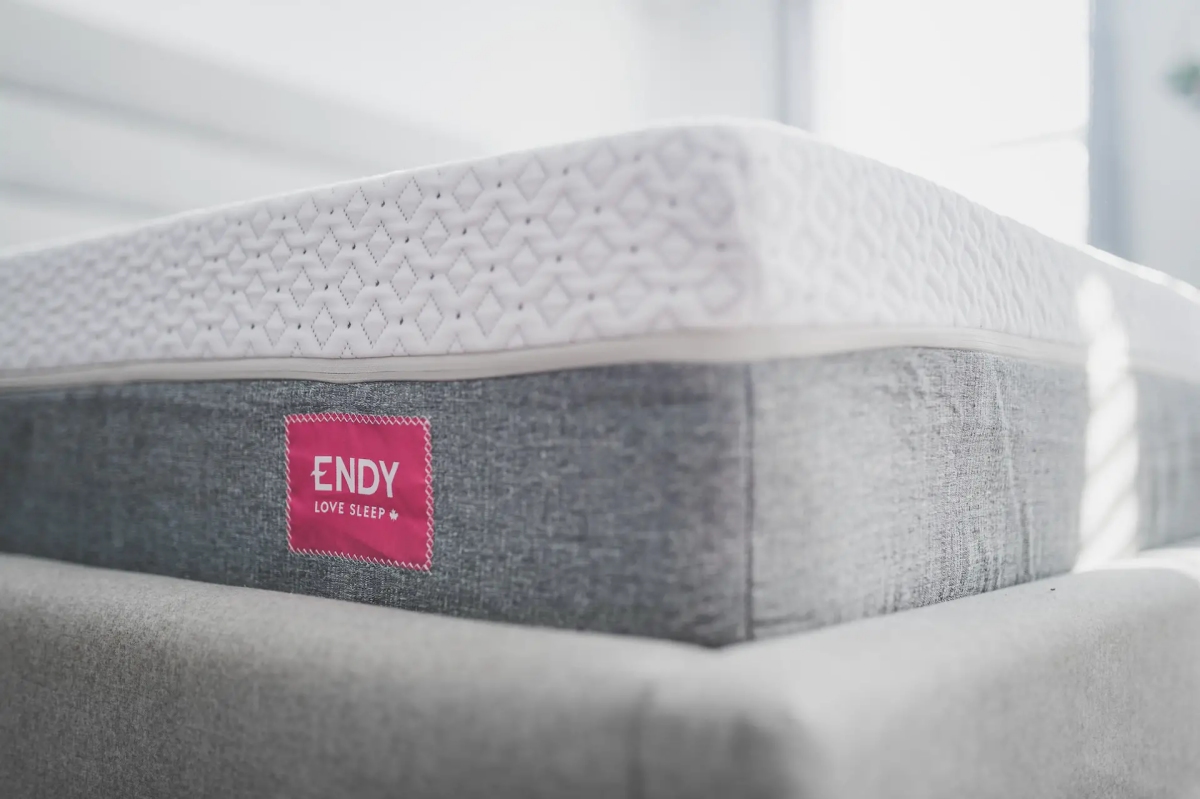
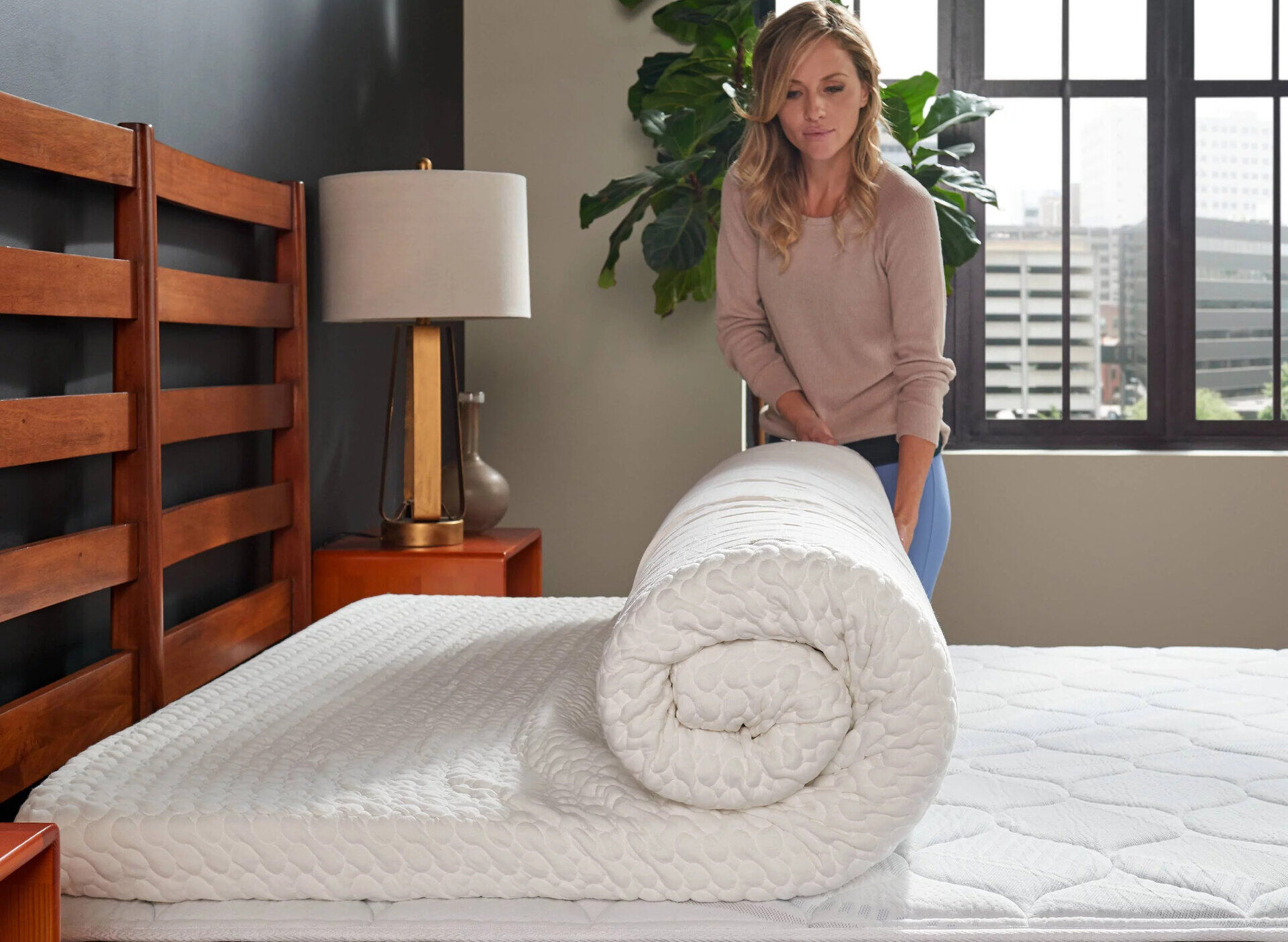
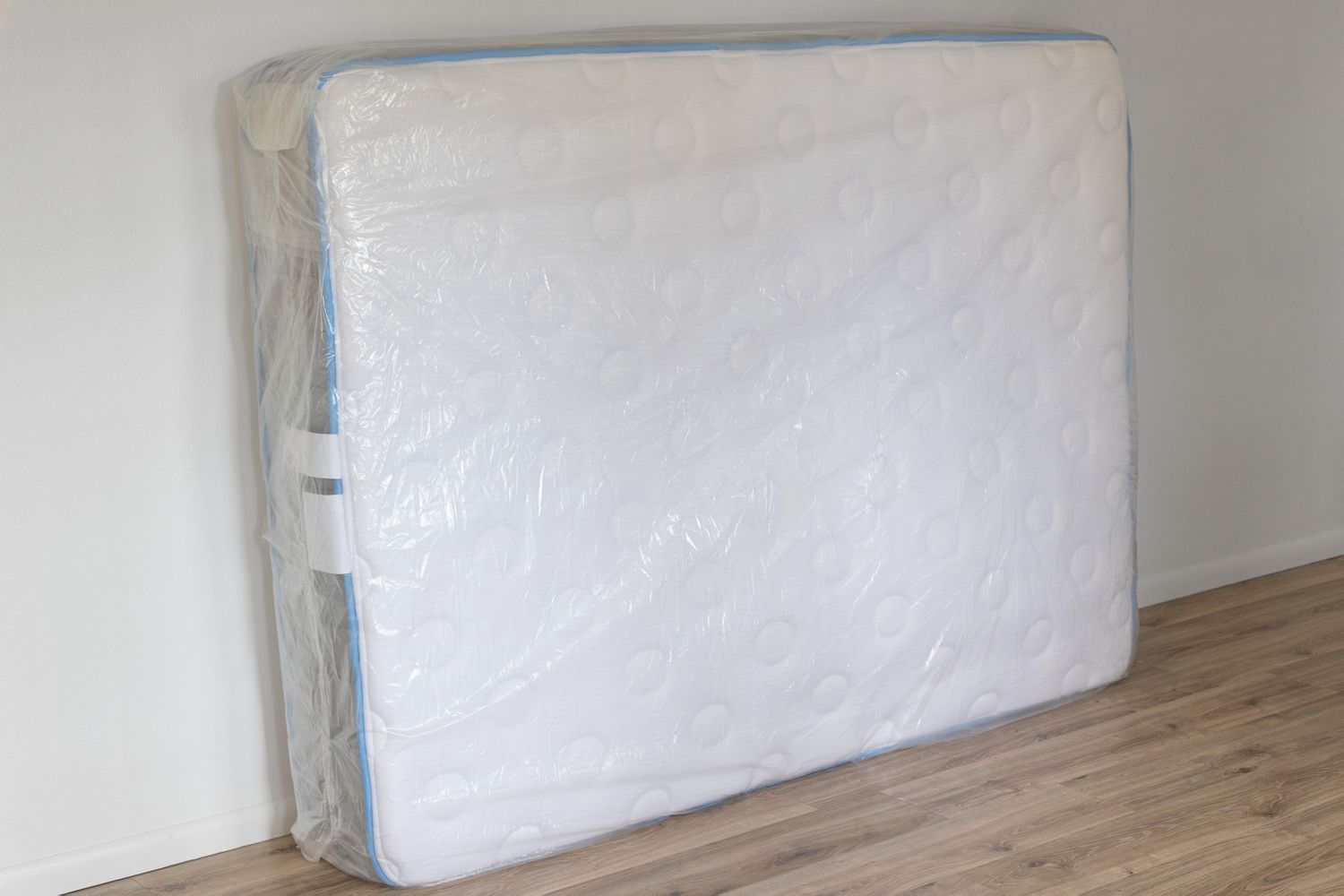
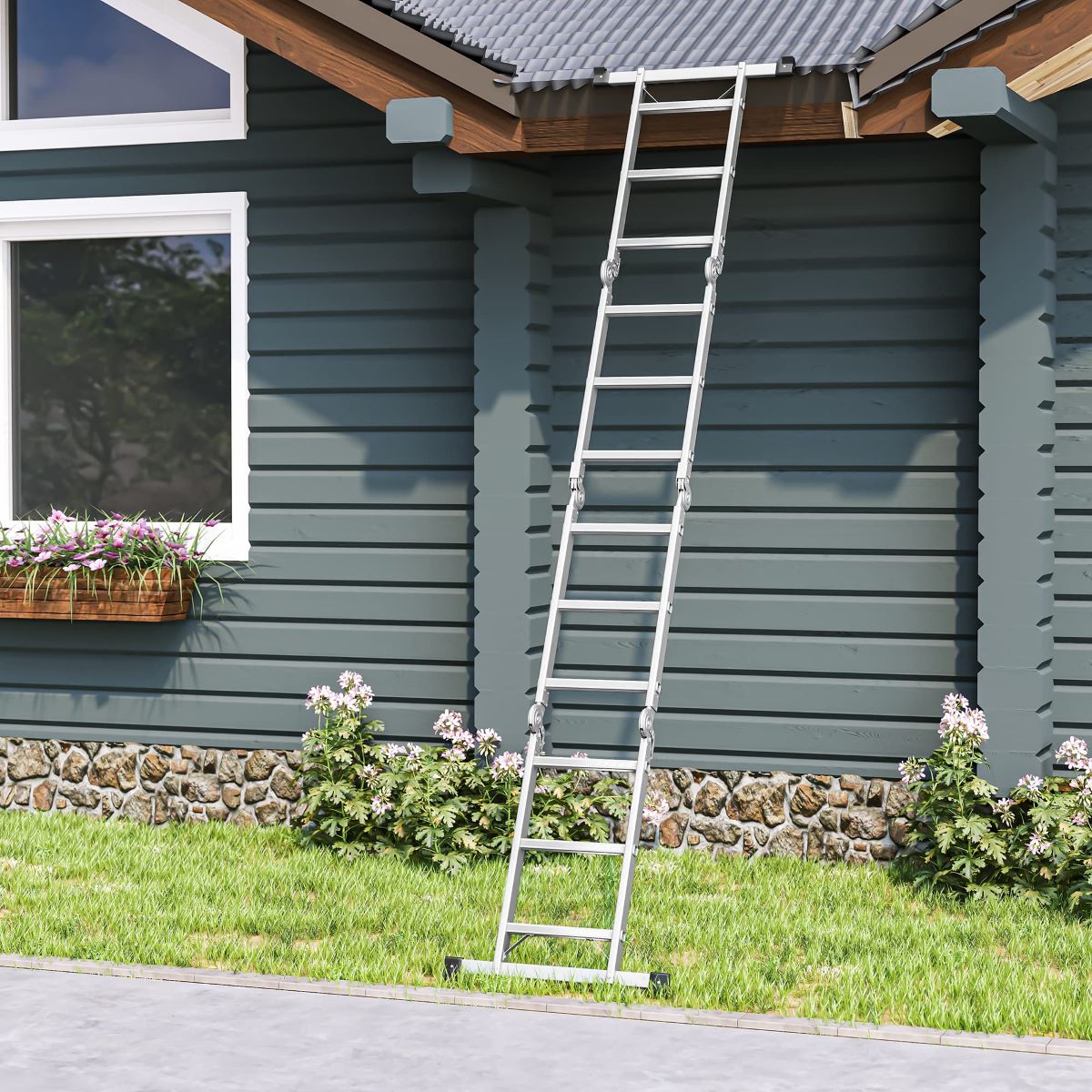
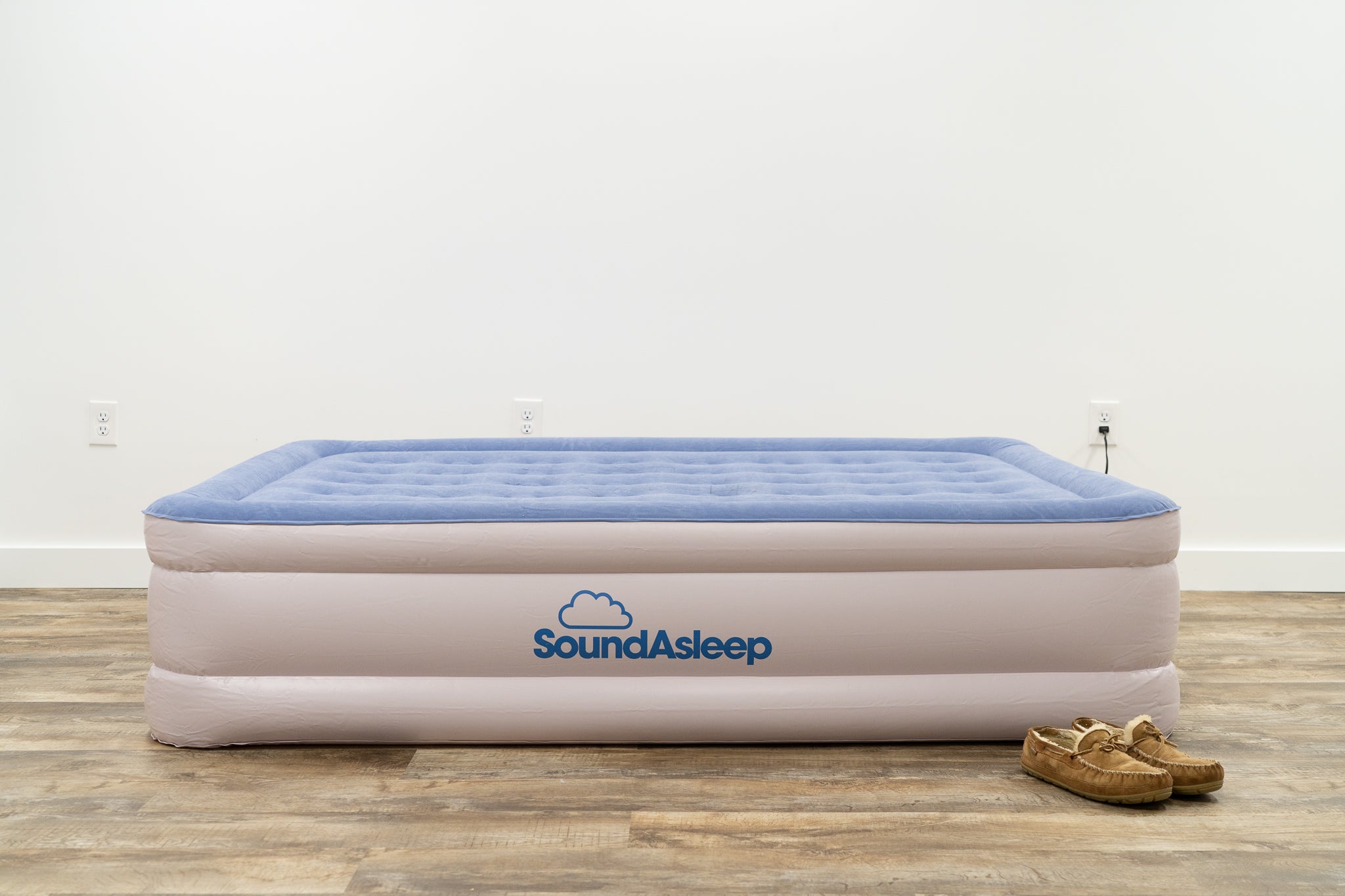
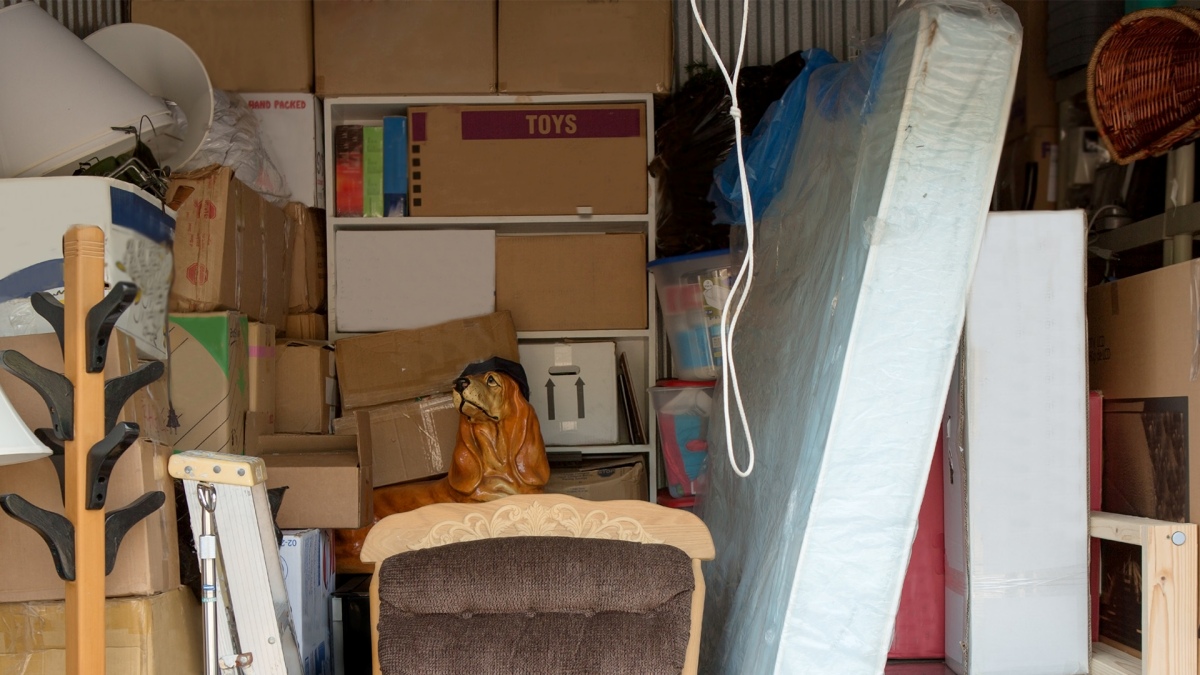
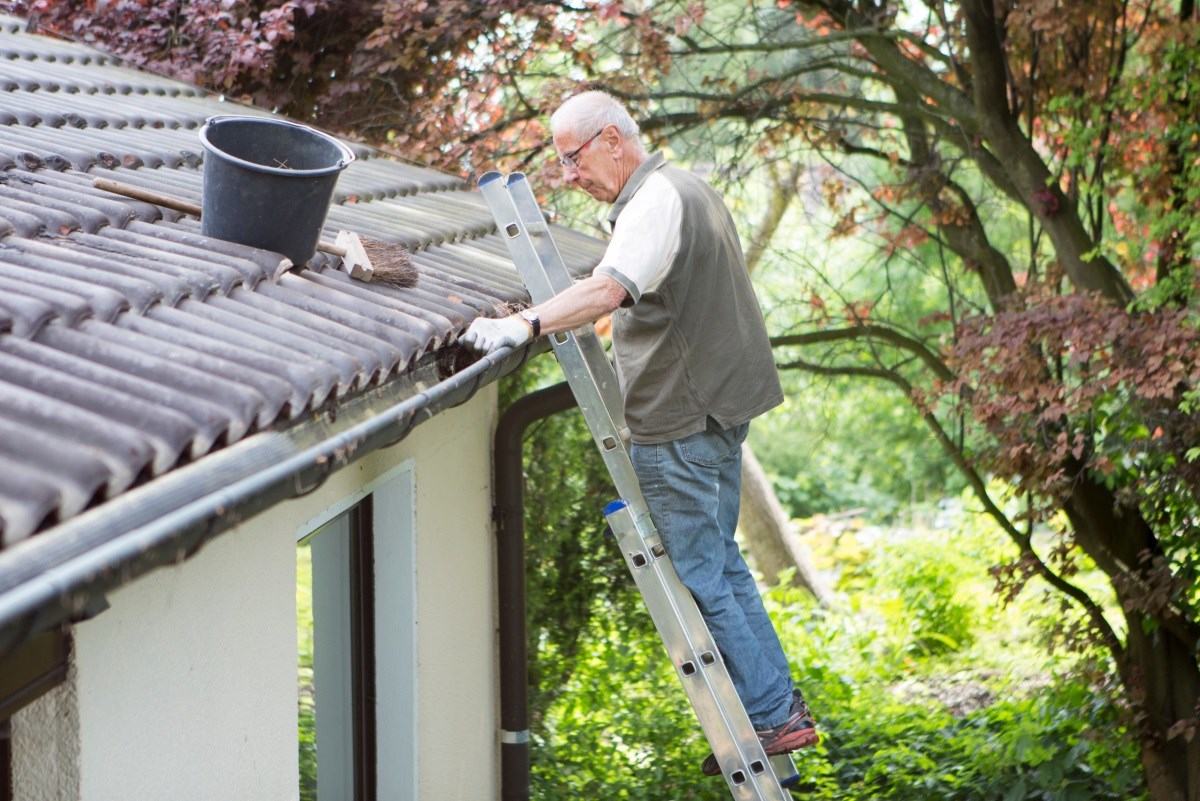
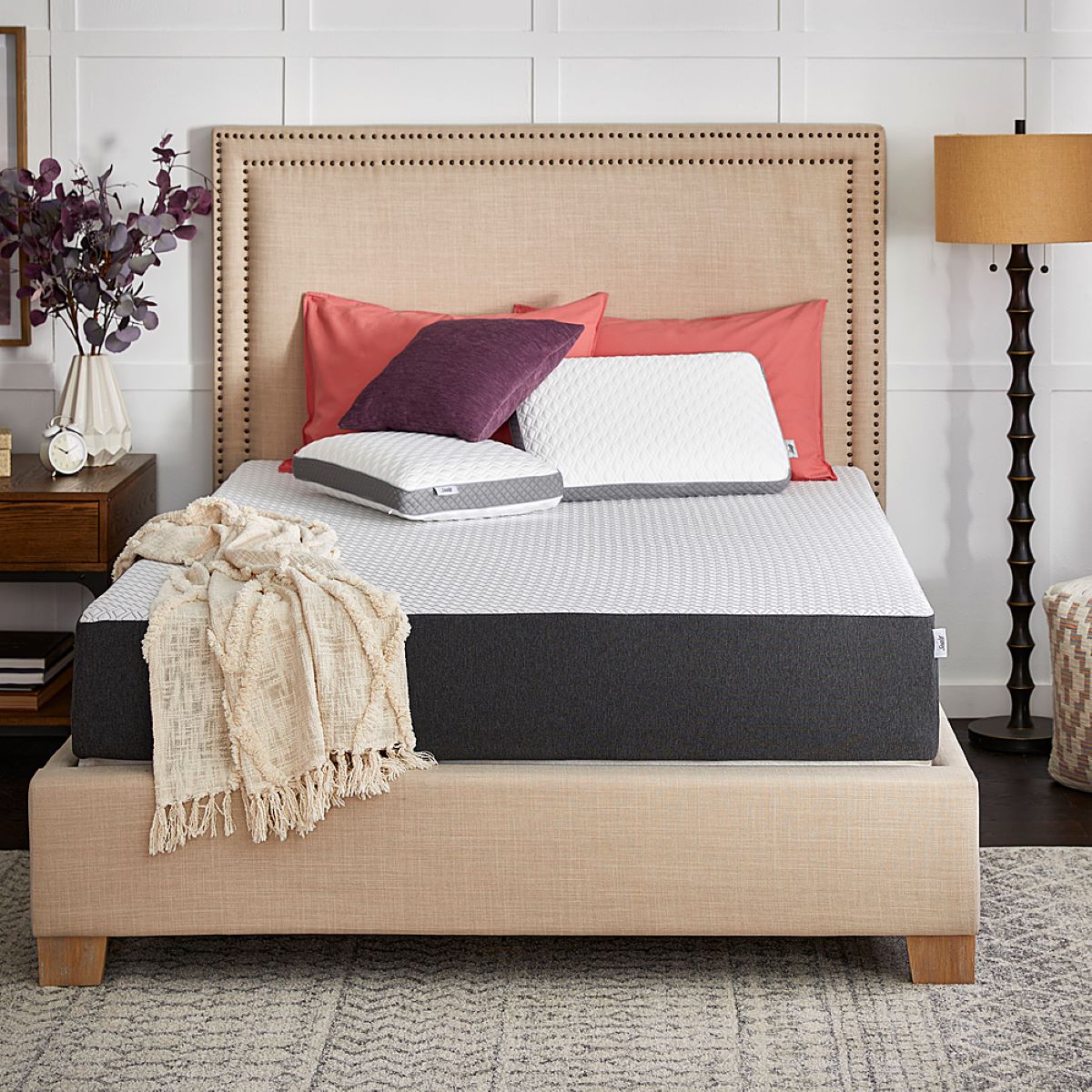

0 thoughts on “How To Store A Mattress Against A Wall”